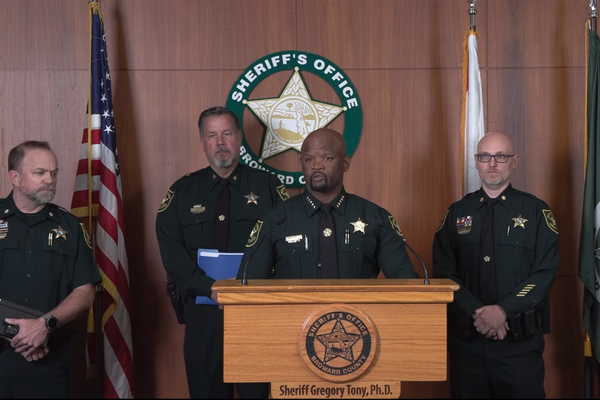Victoria has led the states and territories in setting out a detailed housing statement that it says will help tackle the state’s housing shortage.
Broad in scope and ambition, the plan includes new dwelling supply targets for Melbourne and regional Victoria, new fast-track deadlines for dwelling approvals and legislative reforms to protect private tenants.
There are also major place-based initiatives that, if successful, will transform Melbourne as a city. These include the re-purposing of its 44 high-rise public housing towers, a new planning act, as well as a freshly minted tax on short-term rentals to help fund more social housing.
There is a lot to be done, but do the individual initiatives stack up as a coherent package and, more importantly, will they deliver the policy goods?
One answer to that is to be found in its vision. Instead of addressing itself to colourful and culturally significant questions that surround housing – such as whether or not the government wishes all Victorians to live in a home of their own or in secure social housing - the statement sets itself a much less interesting challenge.
Affordable housing and plenty of it
Top of the list is the need for more housing, for as the premier put it in his introduction to the statement, “It’s a simple proposition: build more homes, and they’ll be more affordable”.
And more housing delivered faster is said to be needed because of a booming population. Gone are the pandemic-era years of population decline. Victoria is now the fastest growing state in the country, with 3.5 million more people expected to arrive over the next 28 years.
The number one goal is to build 800,000 new dwellings over the next decade, with 250,000 or almost a third of these to be a product of the housing statement.
That’s a powerful if uninspiring goal, but the statement has little detail of where all those dwellings are to come from. We do know 60,000 are to come from ten new activity centres, 13,000 from streamlined planning regulations for medium and high density developments overseen by the planning minister instead of councils. Another 10,000 will result from converting commercial buildings to residential, and 9,000 from using surplus government land.
What about the backlog of local council approvals that figured prominently in the pre-statement publicity? Well that amounts to only 1,400 permits as it turns out, with an indeterminate number being held up perhaps for good reason.
Around 10,000 will come from new social and affordable housing, accounting for barely 4% of the planned additional supply. By way of contrast, the plan is expected to boost the supply of private rental accommodation by 70,000, or 28% of the new stock. That’s not good news for Generation Rent, which might have been hoping for new ladders into homes of their own.
But the statement is by no means bad news for tenants. There are new initiatives designed to bolster tenant rights, including a ban on rental bidding, establishing a new rental disputes agency, and restricting landlords’ ability to raise rents in between successive fixed-term rental agreements.
Who might be the statement’s biggest winners? That would be the building industry and the developers who drive new housing supply. This is a statement that promises them more work more quickly with lower costs. Those lower costs will come even if those dwellings are not built, and it is here that the biggest problems with the statement are to be found.
Potential problems
Victoria’s housing system depends heavily on private markets, which in turn depend on consumers willing and able to fund them. Declining real incomes, insecure work together with HECS debts for graduates provide the unmentioned backdrop to the housing statement.
Today’s high interest rate environment is not one that is conducive to increased dwelling supply or improved affordability, and the current record level of migration sits next door to it as a housing policy contradiction.
Read more: Governments are pouring money into housing but materials, land and labour are still in short supply
Yes town planners play a role, but research shows new housing supply may not be the problem it has been made out to be, including by respected economists at the RBA.
Researchers have also pointed out planning laws and regulations have been subjected to countless reviews and reforms over the last two decades, including the introduction of a variety of fast tracks and templates, with no discernible impact on housing supply or affordability.
For all its ambition, the Victorian government’s housing statement sets bold targets, but has no clear means to achieve them. It offers a lot of individual initiatives, but in the end can be criticised for offering no compelling vision.
David Hayward Chaired the Victorian government’s Review of Social Housing Regulation (completed June 2022).
This article was originally published on The Conversation. Read the original article.







